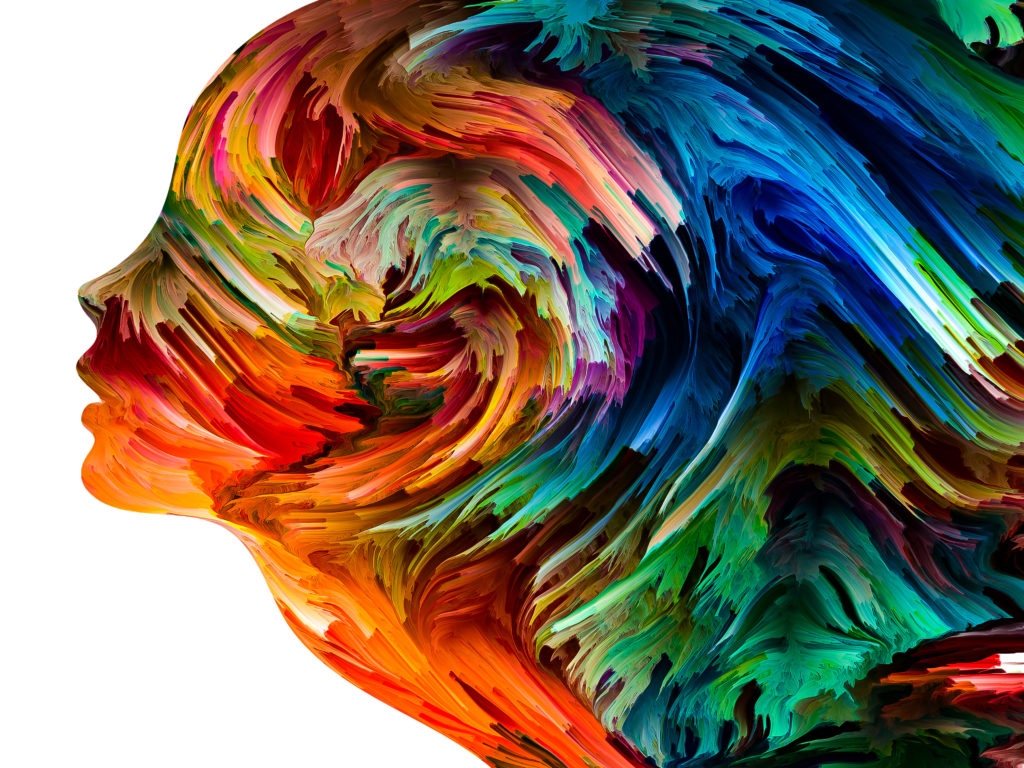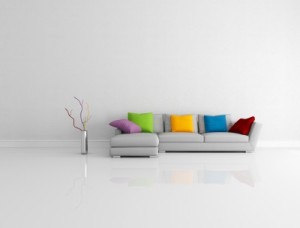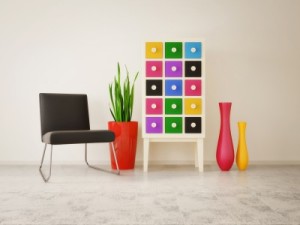
Your color choices in your home can say a lot about you and the overall environment. Therefore, knowing when and where to use colors can help you master how each room feels. Combining colors can help influence different feelings as well. As we explored in five colors in part one, we saw how different colors can have significantly different impacts on an environment. Today, we will look at several more common colors used in design themes. Let’s get started!
Purple
Purple is known as a mysterious yet spiritual color. It is a compassionate color; however, it can make for a more calming atmosphere. Using purple is a perfect way to create a luxurious or imaginative environment while being very versatile.
White
This crisp color can make any room feel clean and spacious. White is a heavenly color that is pure and feels very refreshing. It pairs best with cool tones more than warm tones, which is vital to know when designing your space.
Green
If you are trying to add more life to a room, green is the color of choice. It can help revitalize and energize a space. Also, it subconsciously reminds us of plant life, which can help invigorate any atmosphere.
Gray
Gray can steal benefits from both white and black. While sophisticated and classy, it can also keep a room feeling more open and spacious. It is still neutral and leans toward black for more benefits, or you can go light to explore more white inspiration.
Yellow
Yellow is a creative color to use in a room. It is very eye-catching as it is used to capture attention. It will radiate throughout the room, making it feel more optimistic and charming. In essence, you can add more energy to a room by using yellow.
What colors do you use in your own design? There are so many ways we can add color to our homes to help give them life. Knowing these characteristics can help you tailor a room to your specific needs.








